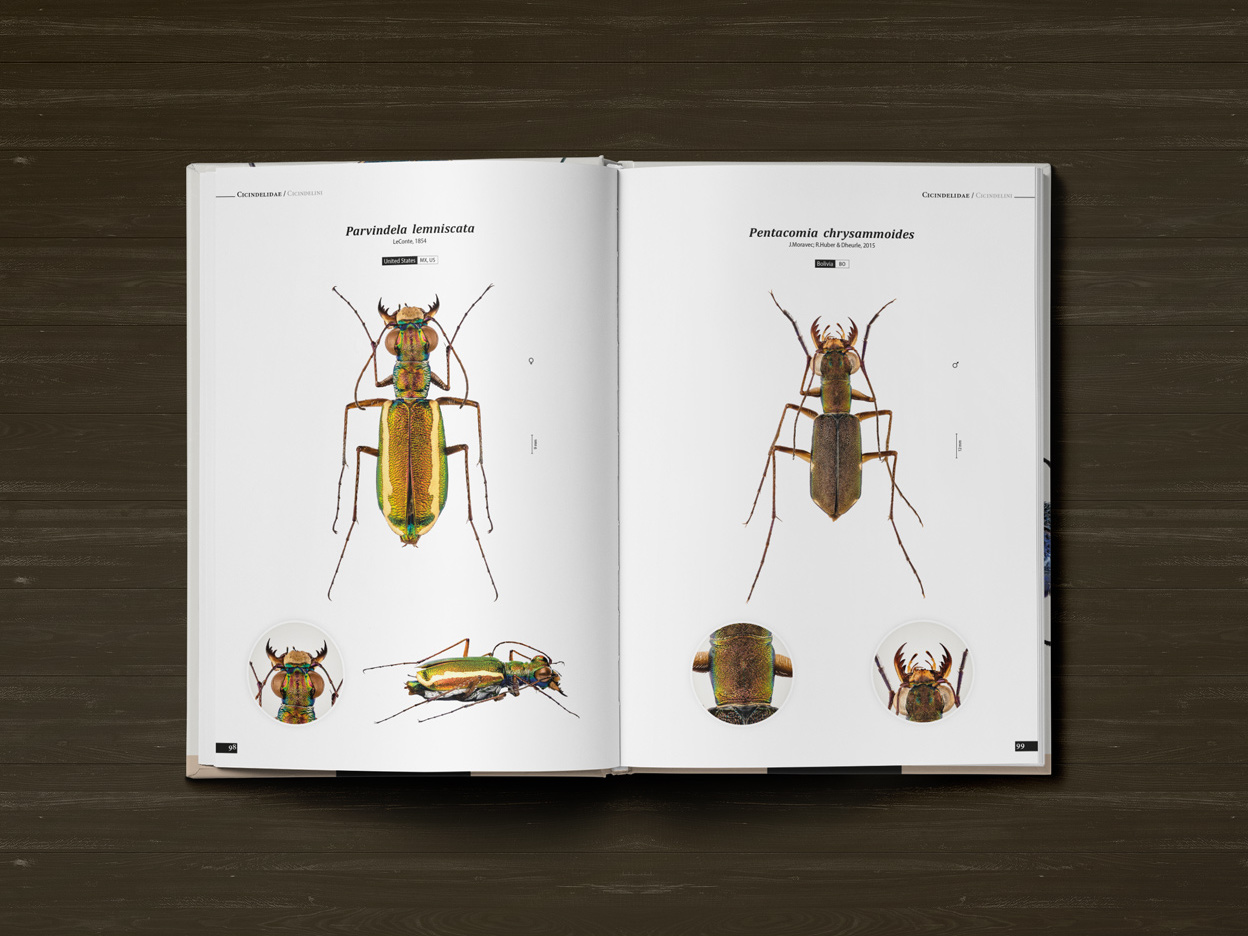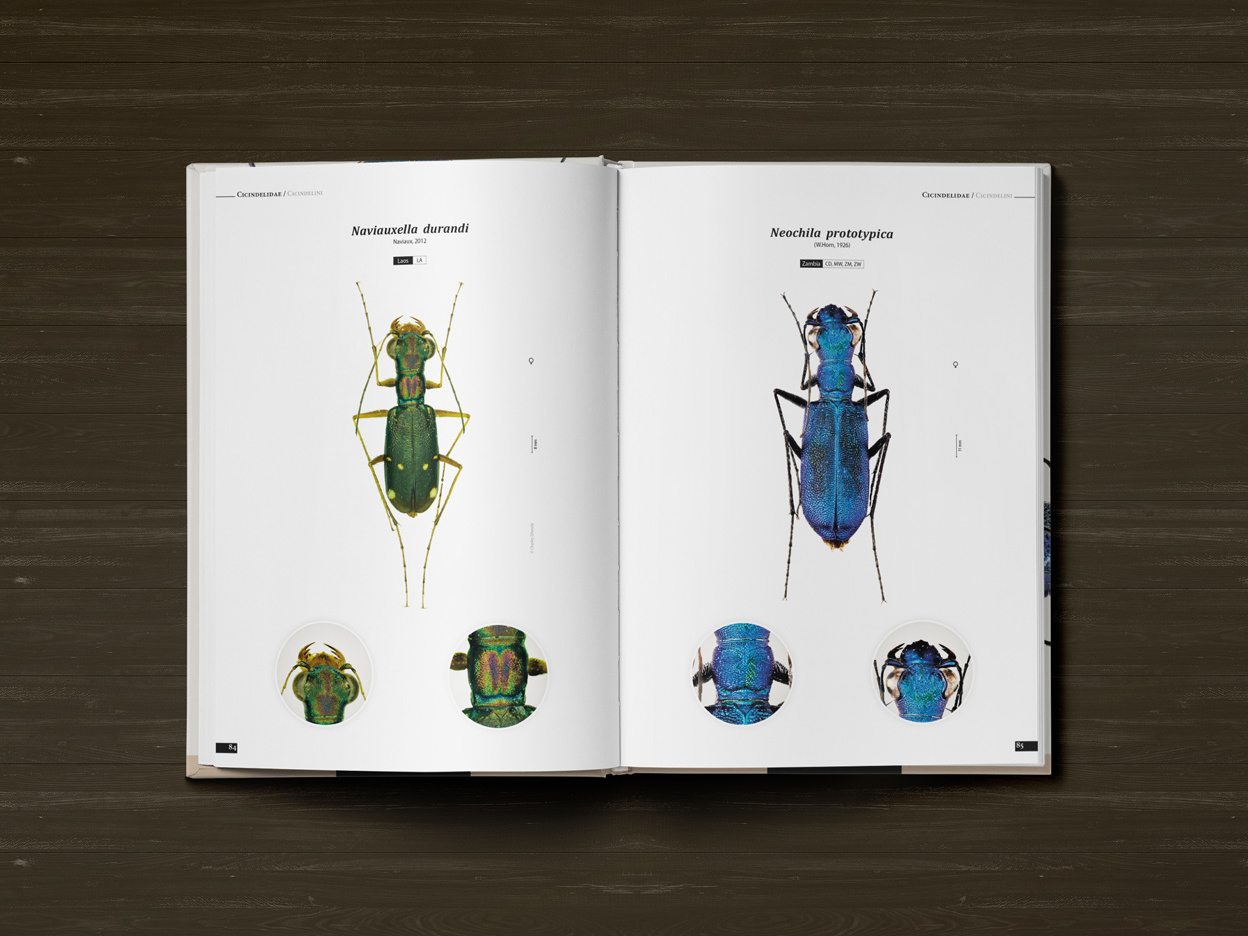Tiger beetles (Coleoptera: Cicindelidae) are predatory insects known for their diverse habitat preferences, often characterized by narrow specialization. These beetles typically inhabit various sandy environments, with specific habitat requirements varying among species.
Beetles
Macrohabitat Types
Tiger Beetle habitat
We recommend:
jeweled beetles, ground beetles, longhorn beetles, goliath beetle, stag beetle, carpet beetles
Tiger beetles can be found in several macrohabitat types:
Sandy sea beaches
Salt marshes
River banks
Desert oases
Deciduous forest floors
Salt marshes and sandy sea beaches are noted as the most diverse macrohabitat types for tiger beetles. Some species, like Calomera littoralis nemoralis, are more eurytopic and can occupy multiple macrohabitat types.
(2020) Tiger Beetles of the World, Cicindelidae, Illustrated guide to the genera
Books about Beetles
Unique pictorial atlases for identifying Beetles:
(2020) Tiger Beetles of the World, Cicindelidae, Illustrated guide to the genera
(2023) Tiger Beetles of Africa, Cicindelidae, Geographical guide to the family Cicindelidae
(2024) Tiger Beetles of Orient, Cicindelidae, Geographical guide to the family Cicindelidae
(2022) Ground Beetles of Africa, Afrotropical Region
(2022) Jewel Beetles of the World, Buprestidae, Illustrated guide to the Superfamily Buprestoidea
(2008) The Prionids of the World, Prioninae, Illustrated catalogue of the Beetles
(2010) The Prionids of the Neotropical region, Prioninae, Illustrated catalogue of the Beetles
Environmental Factors
The distribution of tiger beetle species is influenced by various environmental factors:
Climate zone: A crucial factor in determining species distribution
Altitude: Affects species occurrence, with higher diversity typically found in lowland areas
Humidity: Plays a significant role in habitat selection
Soil parameters: Including structure, moisture, pH, and salinity
Temperature: Affects body temperature and activity levels
Vegetation cover: Influences habitat suitability
Habitat Specialization
Many tiger beetle species exhibit narrow habitat specialization:
Some species are found exclusively in one or two macrohabitat types
Certain species prefer specific microhabitats within their chosen environment
A few species are adapted to unique habitats, such as large flat rocks or tree trunks
Water Importance
Water availability is crucial for tiger beetle habitats, especially in desert areas:
Many species are found near water bodies such as rivers, lakes, and oceans
In desert regions, water reservoirs play a vital role in species distribution
Tiger Beetle habitat
Adaptations Tiger Beetle
Tiger beetles have developed various adaptations to thrive in their preferred habitats:
Fast running speeds for predation and escape
Ability to maintain optimal body temperatures through basking or seeking sunlit patches
Larval burrows for protection and ambush predation
Understanding tiger beetle habitat preferences is essential for biodiversity conservation and using these insects as bioindicators of environmental quality.



















